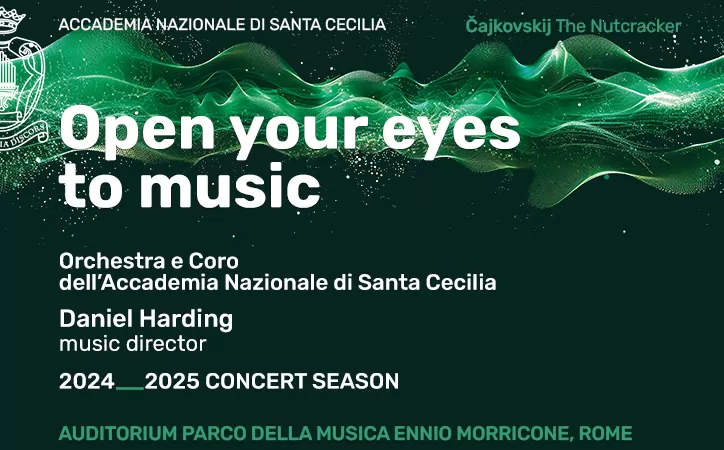Bridging the Tiber over the centuries.
Overshadowed by the citys grander monuments and obscured by dense canopies of plane trees, Romes bridges are frequently overlooked. However, early settlements on the Tiber burgeoned around an obvious bridging-point at the Isola Tiberina, and throughout history architects have battled stubborn currents and temperamental waterlevels in their attempts to span the river. Both residents and tourists take crossing the river for granted, perhaps glancing down at it from a crowded bus or tram but it hasnt always been so easy.
The peculiar apertures that punctuate the arches of so many Roman bridges testify to the ferocity and frequency of serious flooding of the Tiber. They might easily be mistaken for decorative features the window through the Ponte Fabricio linking the Isola Tiberina and Lungotevere dei Cenci looks like an alcove deprived of its statue but they are actually huge overflow pipes designed to protect these fragile structures in the event of excessively high water. In fact, the occhialone (large eyeglass) that cuts through the centre of the elegant Ponte Sisto between Lungotevere dei Vallati and Lungotevere della Farnesina has traditionally been used by Romans as an early-warning system for encroaching floods; flood alerts are announced when the river begins to flow through it.
The Tiber has been cruel to bridge-builders, already struggling to balance the weighty concerns of structural engineering and the aesthetic imperatives of civic architecture. It twice proved a bridge too far for Michelangelo, who failed to resurrect the Ponte Rotto (broken bridge) just to the north of the Ponte Palatino between Lungotevere Aventino and Lungotevere Ripa and, when commissioned to link the Palazzo Farnese and the Farnesina Gardens, left no more than a solitary arch that is still visible over Via Giulia.
The Ponte Rotto itself offers a fitting symbol of the triumph and trials attendant on those who have tried to build across the Tiber. Constructed in 142 BC as the Pons Aemilius, it was the first stone bridge over the river, but over ensuing centuries it was repeatedly damaged by the strong current coursing along the west bank. The thorough reconstruction carried out by Pope Gregorio XIII during the 1570s proved particularly fallible, as the bridge collapsed again in 1598, leaving a disconsolate arch stranded in mid-stream like some strange kind of picaresque folly. It is well worth pausing on the Ponte Palatino to admire this curious monument, now cropped with caper bushes and only accessible to the yellow-legged gulls that nest along the river.
Other bridges have also been less permanently set in stone than their architects and patrons would have desired. Marcus Aurelius may have linked Trastevere to the city centre by the Ponte Aurelio in the third century, but this structure earned the nickname Ponte Tremolo (wobbly bridge) and was almost completely washed away in the eighth century, while in 1450 the parapets of the Ponte S. Angelo collapsed when the structure was overloaded with pilgrims in Rome for the Holy Year, leaving hundreds dead and many more injured. At the time of this disaster, the bridge was the only approach to St Peters from the city.
Indeed, until the spate of construction in the late 19th century that coincided with the erection of the muraglioni (embankments), there were relatively few crossing-places. Before these projects were carried out, up to three ferry services operated between the Ponte Sisto and the Ponte S. Angelo, but bridges were scarce, not only because of the unquestionable vulnerability of structures that spanned the Tiber, but also because Roman bridges allowed the citys rulers to display their power and variously control the populace in spite of the apparent magnanimity of their building works. Ponte Fabricio, Ponte Neroniano, Ponte Sisto people traversing new bridges have always been reminded who they owe their crossing to, whether in republican, imperial or papal eras.
If bridges have stimulated the flow of trade and traffic between discrete Roman districts and their communities, they have also been used to regulate and discipline that traffic. From 1271 onwards, armed guards collected a bridge-tax on all crossings of the Tiber, which was not abolished until 1820.
The bridges have also always been associated with more grisly methods of social control. Maxentius, for example, was drowned off the Ponte Nomentano by his co-emperor Constantine in 312. Next time you cross the Ponte S. Angelo, by all means admire the walk of faith through the files of angels designed by Bernini, but bear in mind that the bridge was also used for public executions on the orders of draconian popes. Perhaps these events give rise to the apocryphal stories that cling to The Quattro Capi gracing the Ponte Fabricio; these anonymous, weathered marble busts are said to be portraits of the four architects who restored the bridge in the 16th century, executed there by their patron Sixtus V as comeuppance for their licentious lifestyles.


















